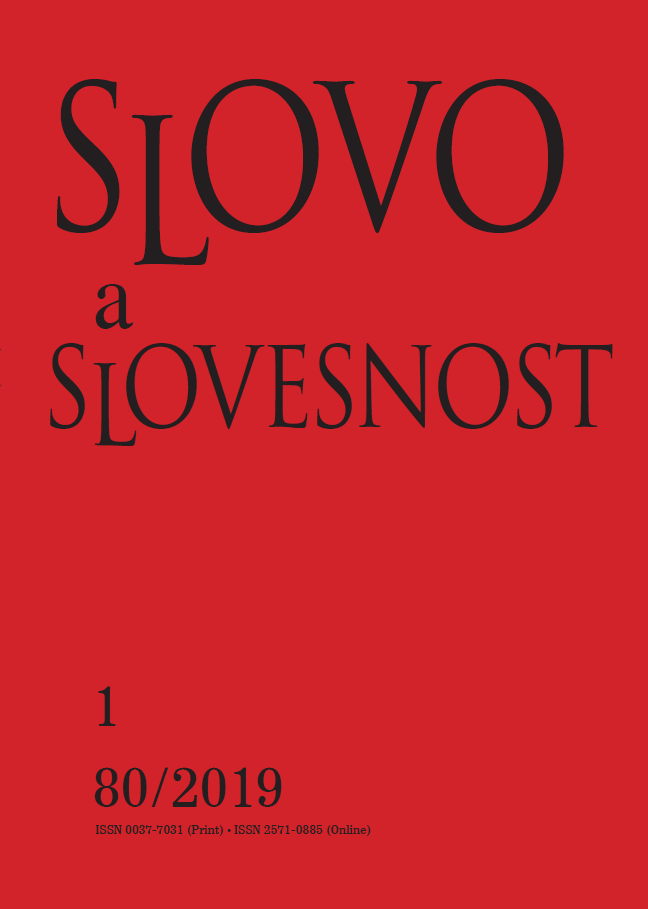‘Where there is fire, there is smoke’: A study in the Euskaro-Caucasian hypothesis
‘Where there is fire, there is smoke’: A study in the Euskaro-Caucasian hypothesis
Author(s): John D. BengtsonSubject(s): Language studies
Published by: AV ČR - Akademie věd České republiky - Ústav pro jazyk český
Keywords: Euskaro-Caucasian; Basque; North Caucasian; lexical family; fossilized morphemes; noun classes (genders); allomorphs; anthropology of fire; Prague School
Summary/Abstract: The proposed Euskaro-Caucasian linguistic relationship between Basque and North Caucasian is demonstrated not only by basic words, grammatical morphemes, and phonetic correspondences, but by lexical families, complexes of semantically interrelated words, and by shared grammatical homologies that are unlikely to have arisen by chance. One such family includes the words for ‘smoke’ (Basque *e=kē ~ Proto-North Caucasian *ḳwɨ̆nħV) and ‘fire’ (Basque *śu / *i=ću ~ Proto-North Caucasian *cặjɨ̆ / *cụ̆j-), and other words relating to the production of fire (‘ember’; ‘firewood’; ‘tinder’; ‘ashes’; ‘soot’). The basic necessity of fire, and methods of kindling fire, did not essentially change until recent times. The analyses of these words also reveal traces of archaic Euskaro-Caucasian morphological features (class prefixes, oblique stem markers, and allomorphs) that are now lexicalized in Basque. “Where there is fire, there is smoke” can also serve as a metaphor for the observation that where there is a genetic linguistic relationship (“fire”), there are also lexical, phonological, and grammatical features (or their traces = “smoke”) that verify the existence of the former. This type of study, emphasizing interrelations among linguistic structures, and their relationships to social, anthropological and historical structures, can be traced back to influences from the Prague School.
Journal: Slovo a slovesnost
- Issue Year: 80/2019
- Issue No: 1
- Page Range: 3-26
- Page Count: 24
- Language: English

